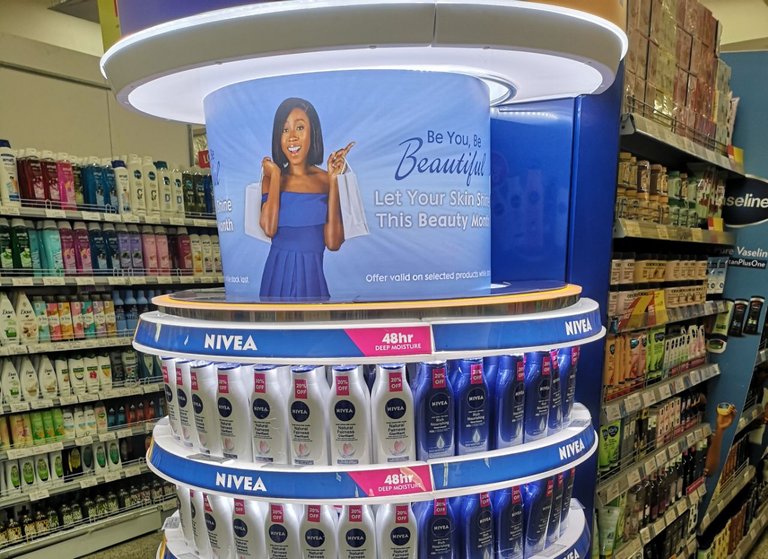
Shopping is not really my thing, it's my wife who likes to go shopping and sometimes gets into impulse buying; so the first thing I told her is to always budget and plan for shopping before considering one. I think women in general loves to shop than men. When i want to shop, I like to go in, get what I need and leave before the marketing tricks take hold of me. Hope you're very much aware that stores are set up to get us to buy more than we intended?
Over the years I’ve come to an important realization: these marketing tactics matter even when I’m not shopping. They also are valuable lessons if I ever decide to start a business. Knowing how companies attract customers can aid not only in avoiding unplanned purchase but also to guide you if you're considering a startup. And even if you never intend to own a business yourself, being aware of these tricks allows you to drive your own decisions rather than being swayed by slick tactics.
The ways that stores ate designed or items listed online can influecne your purchasing decision, so here are some of the few tactics i diccovered that i found worth learning and sharing.
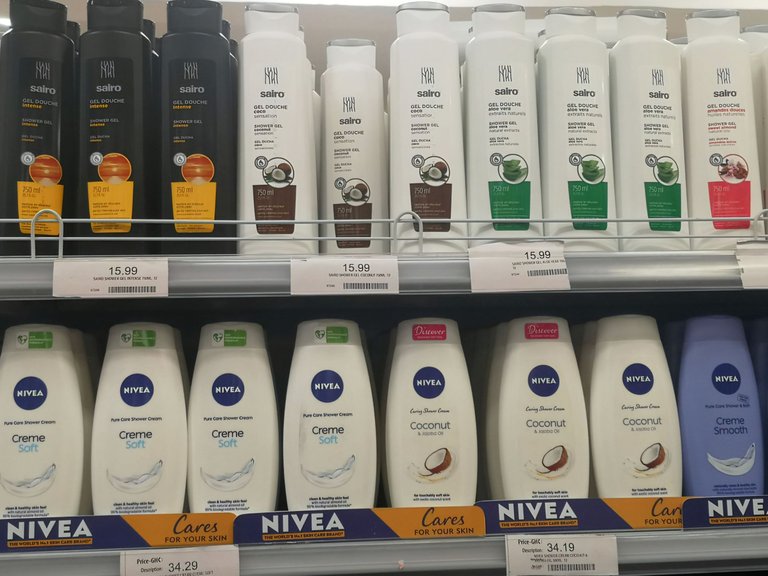
1. The Illusion of Choice
Have you ever noticed how in any given product category, there are typically three choices? A cheap choice, a mid-range option, and an expensive choice? That’s no accident. The highest-priced option makes the one in the middle look “reasonably” priced even when it’s overpriced. And the cheapest option? Often it’s just there to make everything else seem like a better deal. If I were in business, I would do the same — offer tiers of pricing and let customers choose the option that I’d prefer they choose. But as a shopper, I have to check myself: Am I buying because it’s actually the best value or because I was made to believe so?
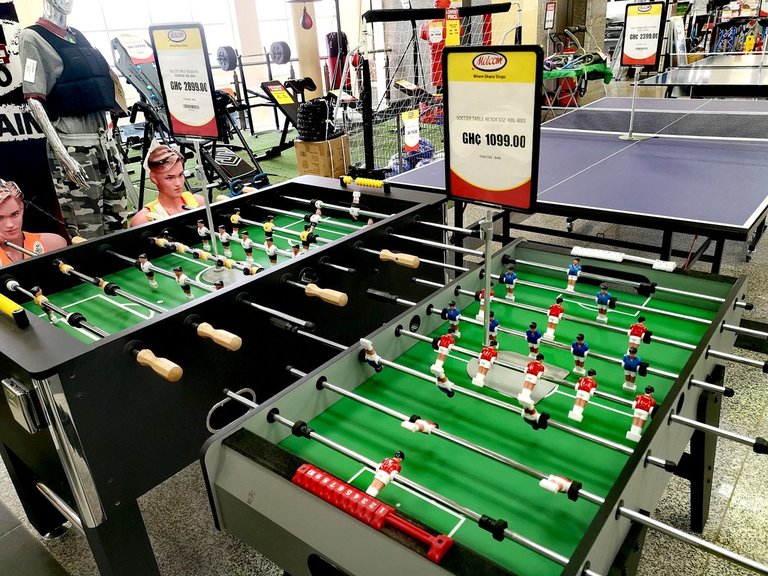
2. The Art of Confusion
Some products are priced per item, others by weight, and others in bulk and this can be confusing when comparing deals. This is deliberate. The more likely you are to choose based on instinct instead of actual value, the more confused you are. This is a great thing to know if I was selling something, because I could use this strategy to subtly lead customers to more expensive items with greater margins. But as a buyer, I now ensure I double-check and do some quick mental math of what I really need before assuming that a large pack always offers the best value.
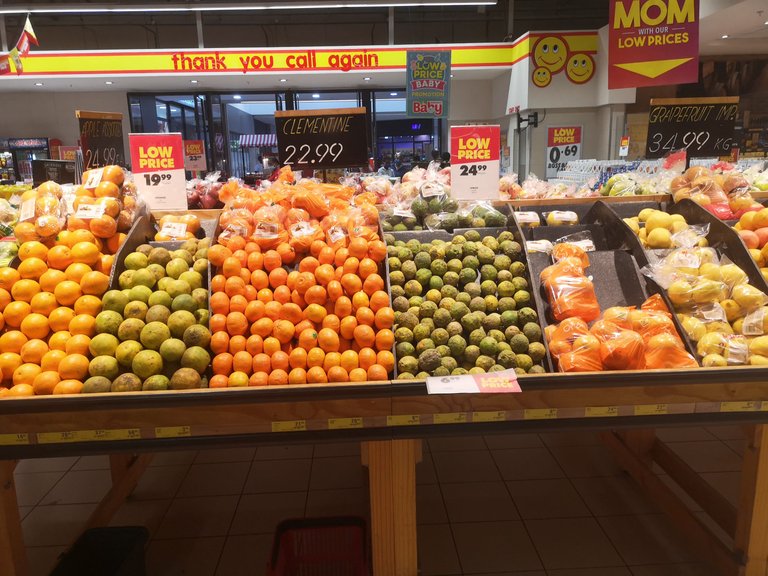
3. Sensory Manipulation
Stores, after all, aren’t selling products — they sell an experience. The food looks fresher under the warm lighting. The background music is so it slows you down so you take longer to scroll. Even the smell of fresh bread or brewed coffee is often artificially pumped into the air to make you feel hungry. For a business, this is genius — engaging customers’ senses boosts sales. But as a shopper I know better than to trust my cravings when I catch a smell of something delicious in a store. Shopping on an empty stomach? That’s a sure-fire way to get caught in these tricks.
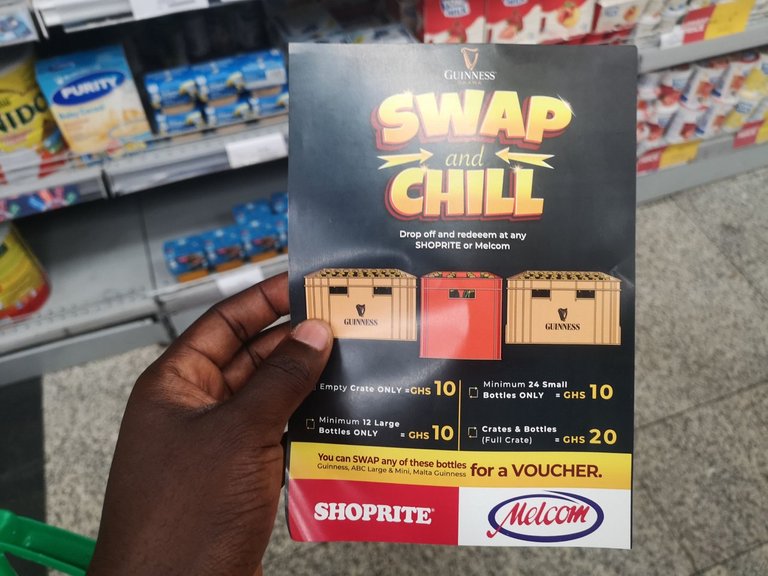
4. The Fake Urgency Tactic
If you come across phrases such as “Limited-time offer!” “Only 2 left in stock!” “Last chance!” Such phrases spark a fear of missing out, causing us to buy things that we might never think to purchase. But in reality, those deals tend to come back around in cycles. Creating a Sense of Urgency is a proven to generate sales as business owner. But as a shopper I’ve trained myself to stop and think: *Would I have purchased this at full price? * If not, I walk away.
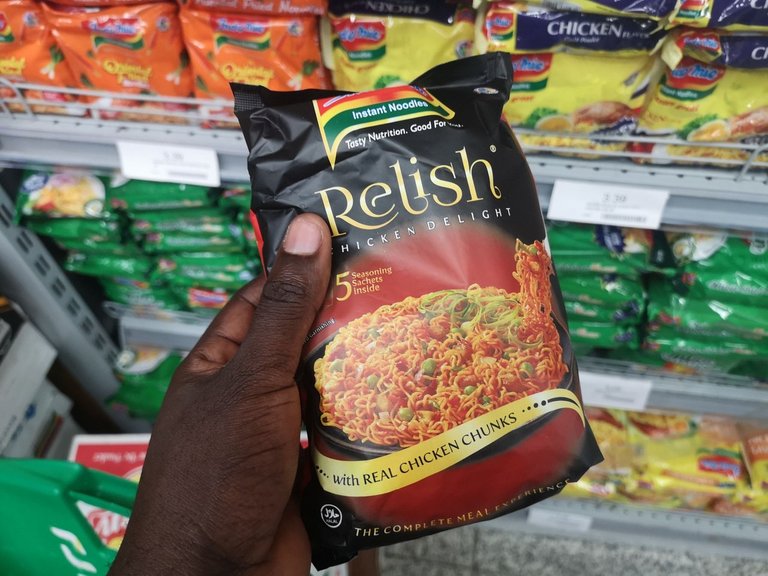
5. The Checkout Zone Trap
Just when you think you’ve evaded all the tricks, there’s a final one — the checkout counter. That’s what they fill up with small, cheap items like gum, candy, and magazines...Hahaha. Do you know why? It's because by the time you get to the cashier, you’re tired mentally, and more prone to make an impulse buy.” I’m sure I’d use this technique if I had a business, it absolutely works! But as a shopper myself, I’ve learned to tune out these final temptations.
These Tricks Matter — Even If You Aren’t in Business
Even if you have no intention of starting a business, learning these tactics will allow you to shop smarter and take charge of your spending. But should you ever choose to kick one off, these exact goodies are employed ethically to draw in clients and increase sales. At the end of the day, the question is: **Are you getting outsmarted, or are you using these learnings to your own benefit? ** What do you think? Have you spotted these techniques in action when you shop? And if you owned a business, which one of these would you use?
The illusion of choice is just so true. Gino- 10 cedis Tasty Tom-9 other brand 7.99.
Then you just buy three of other brand😂😂
Which is actually not that cheap if you compare 🤣
You got it right...😂, just a smart way of causing you to buy anyway. They won't allow you to just leave without making a choice
Que buenas recomendaciones, me pasa como a tu esposa, también me gusta ir de shopping, lo veo como una actividad más que recreativa, es como relajante, y me gusta bastante. Saludos.